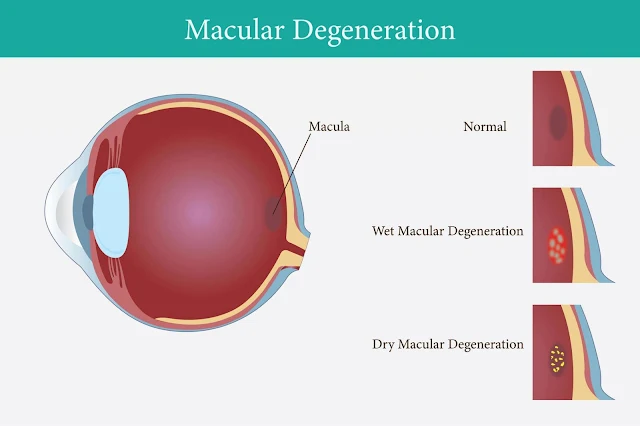
Macular corneal dystrophy is a rare, genetic eye disorder that affects the cornea, the clear, dome-shaped surface that covers the front of the eye. This condition can lead to visual impairment and, in severe cases, blindness. In this blog post, we will explore the key aspects of macular corneal dystrophy, including its causes, symptoms, diagnosis, and treatment options.
Understanding Macular Corneal Dystrophy
First and foremost, it's essential to understand what this condition entails. Macular corneal dystrophy is characterized by the progressive thickening and clouding of the cornea due to the accumulation of abnormal deposits. This process can significantly impact vision quality and overall eye health.
Causes and Risk Factors
Genetics play a pivotal role in the development of macular corneal dystrophy. The condition is inherited in an autosomal recessive pattern, meaning both copies of the gene in each cell have mutations. The parents of an individual with an autosomal recessive condition each carry one copy of the mutated gene, but they typically do not show signs and symptoms of the condition.
Symptoms and Early Signs
The symptoms of macular corneal dystrophy can vary widely among affected individuals. Initially, patients might experience slight vision blurriness and sensitivity to light. As the condition progresses, the clouding of the cornea becomes more pronounced, leading to significant vision impairment. Other symptoms may include pain and discomfort in the eyes, especially in bright light or windy conditions.
Diagnosis and Detection
Diagnosing macular corneal dystrophy involves a comprehensive eye examination. Eye care professionals may use various diagnostic tools and techniques, such as corneal topography, slit-lamp examination, and genetic testing, to confirm the presence of the disease and assess its severity.
Genetic Testing
Genetic testing plays a crucial role in diagnosing macular corneal dystrophy. It helps identify mutations in the genes associated with the condition, providing conclusive evidence of the diagnosis. Moreover, genetic testing can offer valuable information for family planning and risk assessment for family members.
Treatment Options
While there is no cure for macular corneal dystrophy, several treatment options can help manage symptoms and improve quality of life. The choice of treatment depends on the severity of the condition and the specific needs of the patient.
Vision Correction
In the early stages, vision correction methods such as glasses or contact lenses can help improve visual acuity. These options are non-invasive and can significantly enhance the patient's ability to perform daily activities.
Surgical Interventions
For advanced cases, surgical interventions may be necessary. Corneal transplantation, also known as keratoplasty, is a common procedure for treating macular corneal dystrophy. It involves replacing the diseased cornea with a healthy donor cornea, potentially restoring vision.
Managing Macular Corneal Dystrophy
Living with macular corneal dystrophy requires ongoing care and management. Regular eye examinations are crucial to monitor the progression of the disease and adjust treatment plans as needed. Patients should also protect their eyes from external irritants and follow their eye care professional's recommendations closely.
Importance of Early Detection
Early detection of macular corneal dystrophy is key to managing the condition effectively. The sooner the diagnosis is made, the more options are available for treatment and the better the chances of preserving vision.
Coping Strategies
Coping with a chronic condition like macular corneal dystrophy can be challenging. Support from family, friends, and support groups can be incredibly valuable. Additionally, patients may benefit from counseling and rehabilitation services to adapt to changes in vision and maintain independence.
Conclusion
Macular corneal dystrophy is a complex condition that requires a comprehensive approach to diagnosis and treatment. Understanding the key aspects of this eye disorder, including its causes, symptoms, and available treatments, is essential for affected individuals and their families. With proper care and management, people with macular corneal dystrophy can lead fulfilling lives despite the challenges posed by the condition.
Remember, regular eye check-ups and early intervention are crucial in managing macular corneal dystrophy effectively. If you or someone you know is experiencing symptoms related to this condition, it's important to seek professional medical advice. Together, with the support of eye care professionals, patients can navigate the challenges of macular corneal dystrophy and work towards preserving their vision.